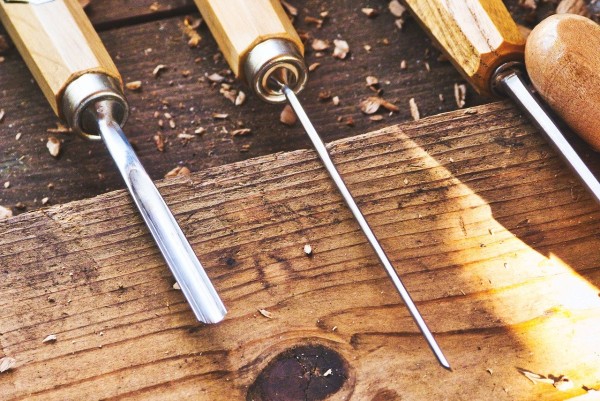In the process of choosing the appropriate moldings for the finishes of the flooring there are several options. Some of the moldings are made of solid wood. Others have veneered moldings as a basis. Before making a decision, the question arises, what is the difference between the materials and what are their individual strengths and weaknesses.
Skirting boards made of solid wood - what wood is used?
Skirting boards made of solid wood can be made of different types of wood. Spruce is considered to be a wood that has a particularly rapid growth, which makes it inexpensive to buy. An interesting aspect is that spruce is used for both solid wood baseboards and veneered baseboards.
Another fast-growing wood is pine. Pine is inexpensive to produce and also to process. A big advantage is that pine is produced in Germany. In addition to the positive balance for the environment, this fact also ensures that the price remains favorable. However, the wood also has weaknesses. For example, it is said that pine wood quickly tends to discolor or lose resin. If the wood is not stored correctly, it warps.
An interesting option for skirting boards are models made of ash. The hardwood brings an impressive elasticity. This allows it to perfectly adapt to an uneven surface. Models made of this wood are especially popular in premises where floorboards or parquet decorate the floor.
Oak and beech as wood with tradition
Oak and be ech are very popular in the production of skirting boards. In the field of interior finishing oak is often found. Oaks grow in large quantities in Germany and are considered to be particularly robust. Therefore, it is processed for furniture, flooring and cladding in the interior, but the wood is also used in the exterior. Very interesting is the aspect that oak brings a high abrasion resistance. This makes the wood well suited for areas that are used a lot, such as stairs. The color tones appear noble and timeless.
Beech has a much darker basic tone. Beech is widely used in Germany, and therefore its wood is popular for making various interior products. Beech moldings are usually made of copper beech. As a hardwood, it is very robust. Different shades of color are provided with stain. Beech is able to accept stain very well and in this way show different color facets.
Comparison of veneered skirting boards
Veneered baseboards are not made of solid wood, but have a sturdy support and are surrounded by a veneer. The base is the carrier material. This is sheathed. Veneer itself is a very thin strip of solid wood and makes the moldings look as if they were made of wood.
The great advantage of this is that the skirting boards save resources and are inexpensive, yet still look like real wood. Veneered skirting boards can also be made of real wood. In some cases, spruce is used as the substrate. However, a thin layer of another type of wood is then taken as the veneer.
For the buyer, this means that he gets a skirting board with the appearance of ash, but pays the low price of spruce. Alternatively, MDF is also often used as a base material.
The selection of designs is particularly large for veneered skirting boards. Here you can choose from different wood surfaces. It is also possible to choose a special varnish or color.
Finishes for skirting boards
In terms of appearance, much can be achieved with skirting boards with finishes. There are several variations that are used here. Staining is used for real wood. It is a procedure by which inexpensive types of wood are given the appearance of noble woods.
If the grain of the surface of wood is to be emphasized, lime is used. Usually a white lime is used, but some manufacturers also work with colored lime. The third variant that can be used is lye. Lye is mainly used for wood species that tend to darken quickly. Lye ensures that sunlight does not affect the surface of the wood.
For the treatment of the surface, manufacturers rely on varnishes. If skirting boards - whether made of solid wood or veneered - are provided with a varnish, the surface is particularly resistant. This is particularly helpful for designs that are used in wet rooms. In addition, lacquered surfaces can be easily cleaned. In some cases, however, wax or oil are also used. A surface treatment with wax or oil ensures that wood can continue to breathe.

